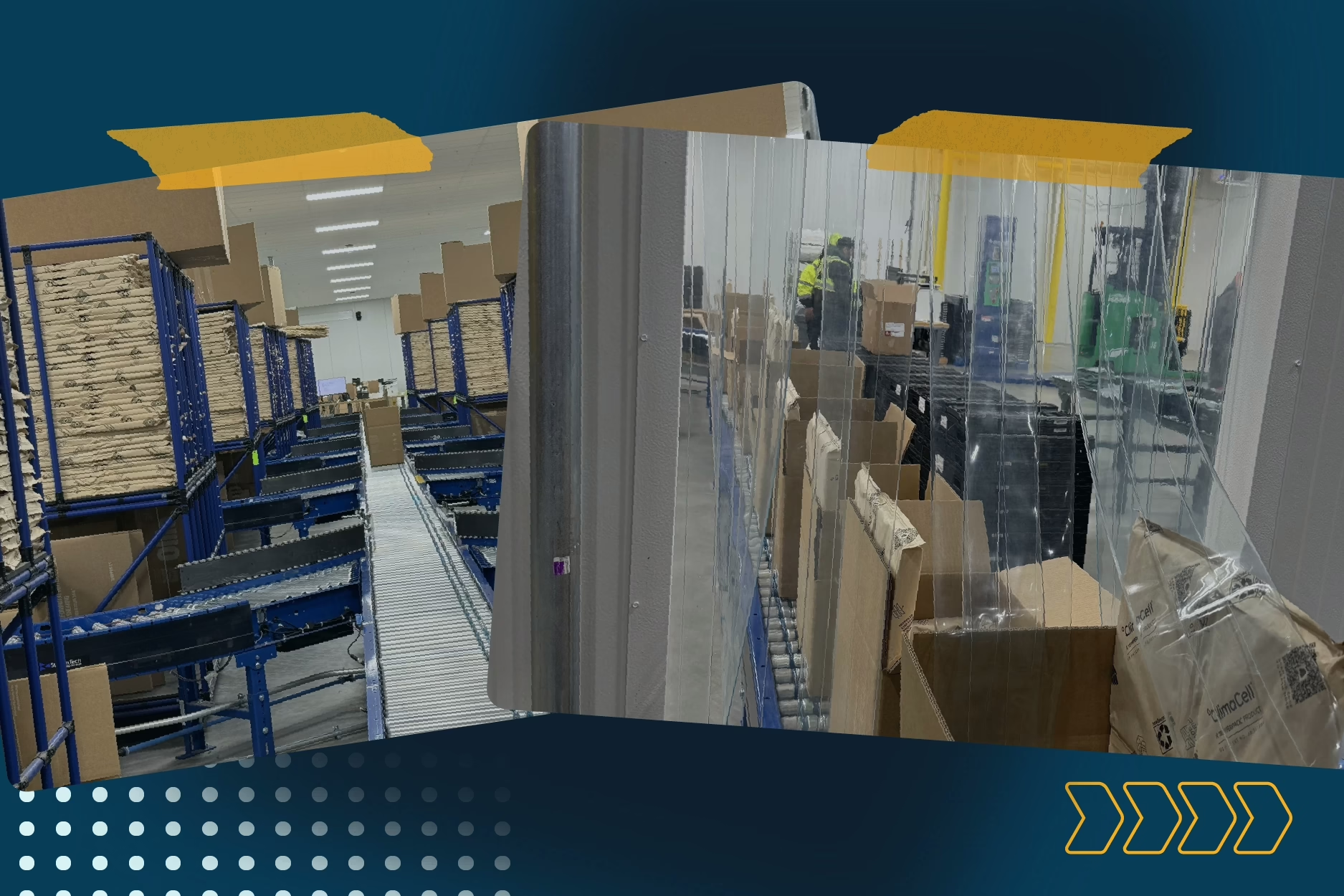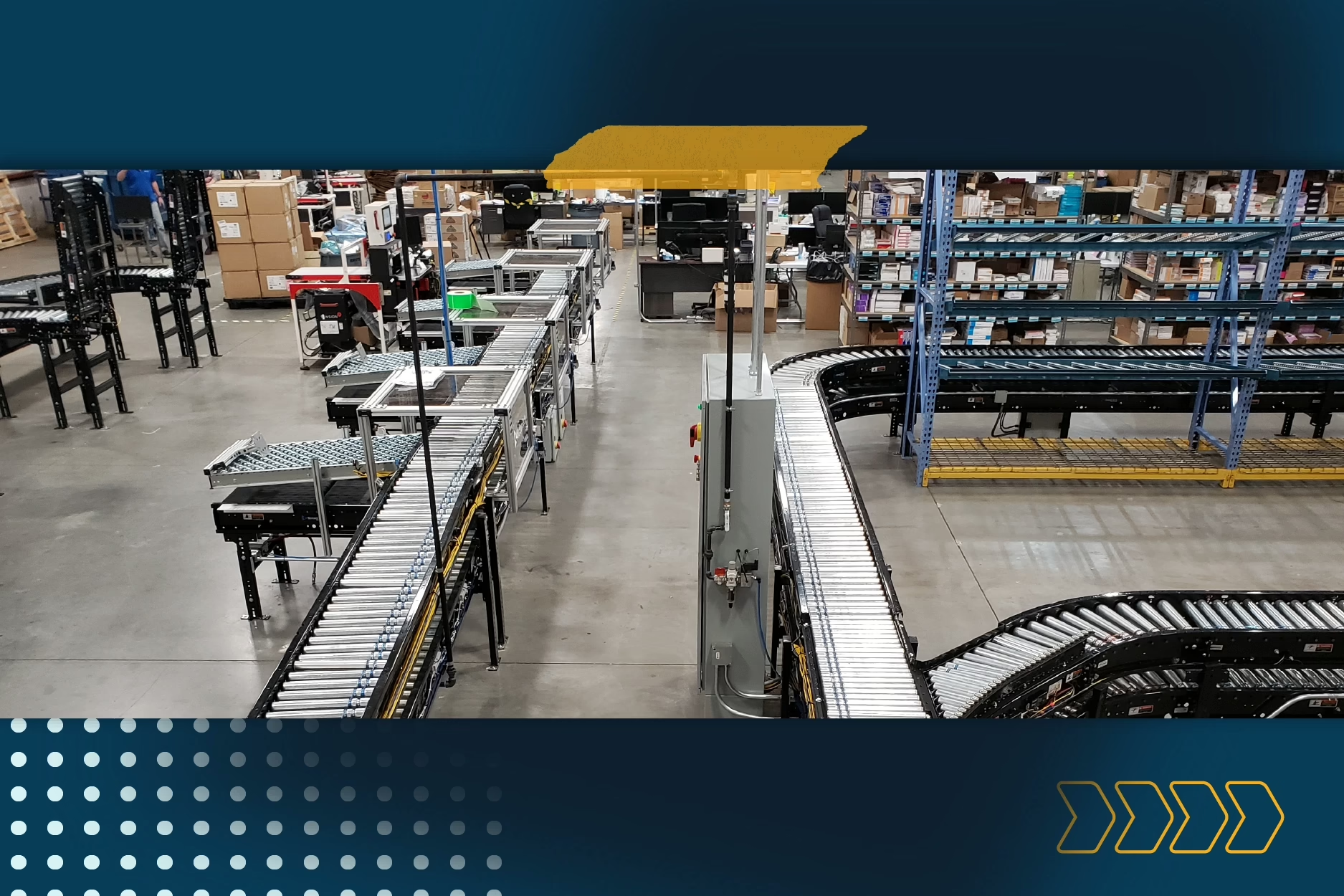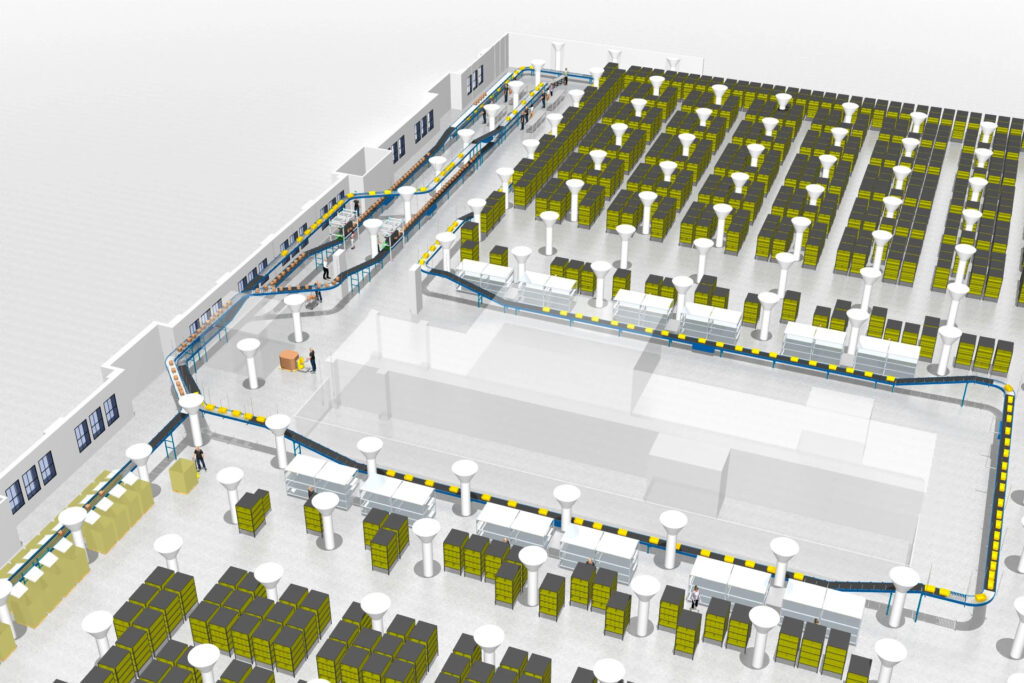Estimated reading time: 6 minutes
The end of the year, called O-N-D (October, November, and December) in some industries, is the busiest time for fulfillment-dependent businesses (especially eCommerce). If your company does the bulk of its business at that time of year, you’re likely breathing a sigh of relief that it’s over right now. But there’s still important work to be done before you’re too far into the new year. Now is the time to evaluate your peak season, study your warehouse metrics, and make a plan for next time.
Ideally, you’re tracking key performance indicators (KPIs) all year long. Comparing peak season warehouse metrics to both slower times and the previous year can help you identify bottlenecks and where to streamline processes.
When is Your Peak Season?
For many companies, peak season is synonymous with the holidays when demand for gifts and decorations is highest. But peak season can be driven by the type of product too. Demand for plenty of items—think pool toys and swimwear—peaks at other times of the year.
The point is, peak season is less about a particular time of year and more about how well your system can perform under pressure. How well can you keep up when orders come in at double or triple the average rate? And more importantly for those in the C-suite, what are the costs of failing to keep up?
No matter the month, the challenges of increased demand are the same with the possibility of:
- Order volume that overwhelms fulfillment efforts
- Higher labor and overtime costs
- Insufficient staffing
- Increased returns
A review of various warehouse metrics can help managers see exactly where their workflow needs to improve. Doing such a post-mortem soon after the end of peak season will allow enough time to budget for, implement, and train staff on the changes that will ensure things go smoother next time.
Warehouse Metrics to Track and What They Mean
Warehouse managers are well aware of the hiccups and glitches that made the last peak season stressful, and perhaps what they’d like to do to prevent the same problems in the future. But recommending and justifying fixes to the powers that be—whether an investment in a new piece of equipment, a revised process, or more staff—will require more than anecdotes about what went wrong.
Various KPIs can provide reliable data points that pinpoint exactly where to adjust or focus new resources. Here are some of the most meaningful warehouse metrics for peak season:
Inventory Turnover
How frequently did you need to replenish inventory? This will tell you which SKUs are selling fast and which aren’t. This is important for a few reasons. First, you can plan to order big sellers more often and slow down reorders of less popular items so you’re not stuck with excess stock. Leftovers will need to be discounted or disposed of at the season’s end. Also, you may want to rearrange storage next year so high-velocity products are closer at hand.
Order Lead Time
Order lead time is the total time it takes to pick and pack and order. Some companies might measure their labor cost per package instead, but this metric does not take into account the lower wages for temps or entry-level staff. Order lead time gives a clearer picture of fulfillment productivity.
There are numerous ways to increase order fulfillment rates, including creating a more efficient layout or implementing automation. Solutions like pick-to-light systems or goods-to-person robots are just two examples that can improve picking speed and accuracy.
Downtime/System Outages
Any equipment downtime during peak season is a problem. How much time (and money) did your team lose waiting for things to get up and running again? If machinery or software fails, it’s time to look at repairs or replacements before peak season rolls around again. Finding a partner like StreamTech with a lifetime service policy that truly has your back is essential.
Shipping Costs
When sales increase, shipping costs will of course follow. But peak season can see carrier costs skyrocket. Inaccurate DIM weight measurements can results in a lot of carrier chargebacks. And overweight packages can end up costing more in extra handling surcharges. The right shipping automation systems can improve the entire process, and help you rate shop in real-time.
Accuracy in weighing and measuring is essential, as is having the right size packaging and appropriate packing material on hand. Tracking and replenishment of these supplies can be just as important as the inventory you sell.
Backorders/Stockouts
Did you run out of any SKUs during peak season? Sometimes unforeseen circumstances ramp up demand. Like selling out of sleds after a surprise snowstorm or a product becoming trendy out of the blue (remember when everyone would run out to get “Oprah’s Favorite Things”?) More often, backorders and stockouts are a sign of poor forecasting or a warehouse problem.
Inadequate inventory management or order management processes and software can make it impossible to keep up. There could also be a supply chain issue. Perhaps those responsible for supply orders didn’t take into account the vendor’s lead time. Or, maybe it’s time to look for a more reliable supplier.
Returns
Peak season is likely to see an increase in product returns. Tracking the number is important, but so is noting the reason why people send things back. Sure, sometimes an item doesn’t fit or the recipient simply doesn’t like it, especially when it comes to holiday gift-giving. But other reasons can signal flaws in picking, packing, or shipping—and additional metrics to explore.
For example: Customers receiving the wrong item could mean issues in the picking process. Check metrics for picking accuracy.
Did products arrive damaged? Assuming things aren’t arriving broken from vendors and shelved anyway, there could be a lack of quality control during picking, or careless packing. Perhaps everything looked good when it left the warehouse but the package was damaged in transit, indicating a problem with the carrier—which means that it is time to find a more reliable one.
Getting packages to the recipient on time is never more important than around the holidays. Tracking the percentage of on-time deliveries as well as returns of things that didn’t make it on time becomes important. Failures require a deeper dive into the metrics to see if delays stemmed from internal or external sources.
Prep Now for your Next Peak Season
E-commerce never stops, but the end of peak season is the closest you’ll get to downtime. This is the best time to review what worked and what didn’t so you can schedule and budget for any necessary changes.
What slowed down operations and caused the most headaches in the peak season that just wrapped up? Warehouse metrics will help identify the problem areas and help point out possible solutions. Next year, it might be necessary to:
- Increase staff, hire temporary workers, or add a second shift
- Examine the warehouse layout and reorganize to optimize efficiency
- Consider your supply chain management and possibly revisit existing contracts
- Get repairs as well as preventive maintenance done before it gets busy again
- Shop for automation solutions now while there’s plenty of time to install, test, and train staff on new equipment
- Partner with StreamTech for automation solutions based on designs tailor-made for your warehouse flow—instead of throwing money into random machinery and hoping for the best
Peak seasons will always be a challenge for fulfillment-heavy companies. No one can predict exactly what customers will want or what problems might arise. But the more data you can gather with warehouse metrics, the better you’ll be able to anticipate what’s likely to happen. Armed with this knowledge you’ll be able to pivot quickly and keep on track through the busiest part of your year.
Interested in learning how automation can help you through peak season and all year long? Fill out the form below.




